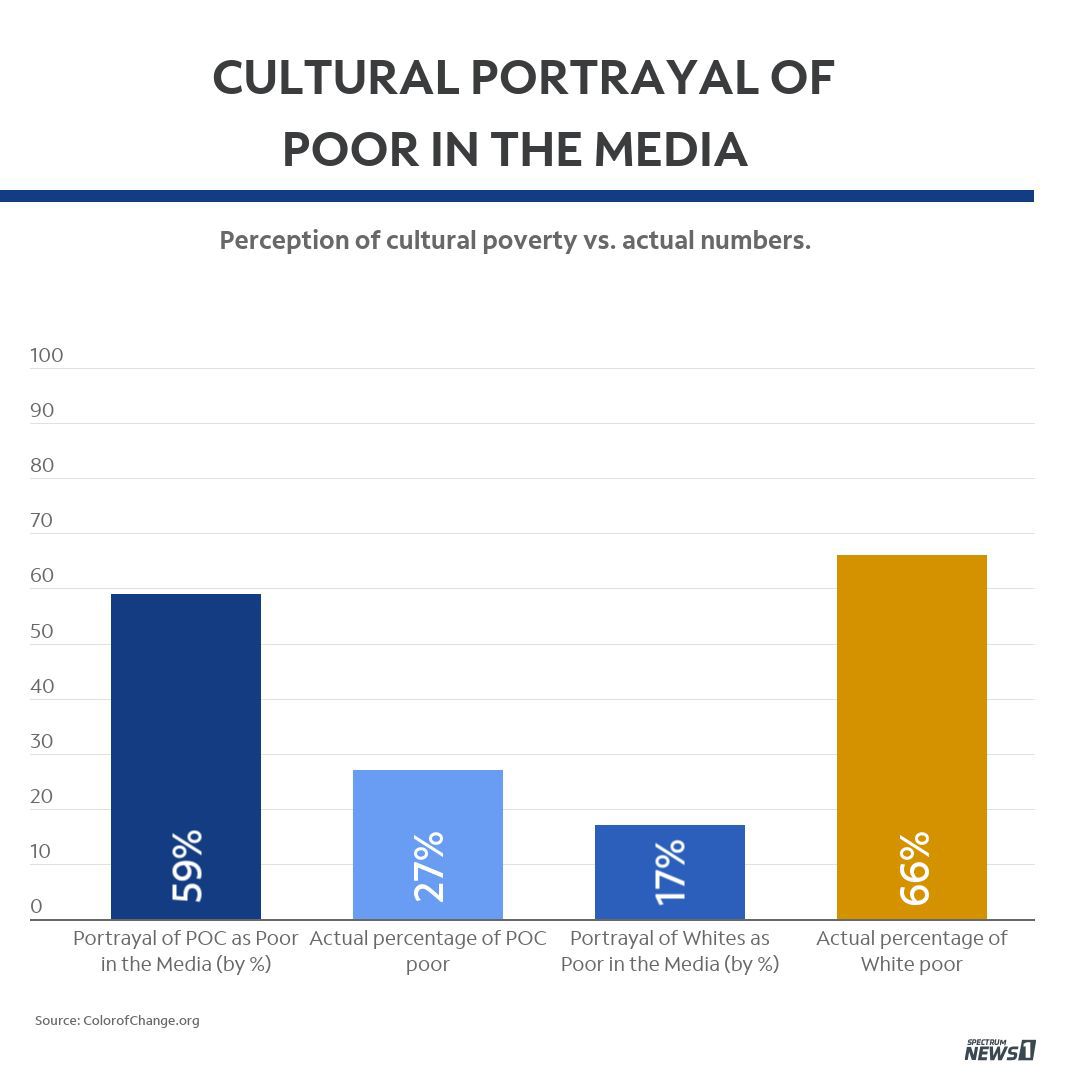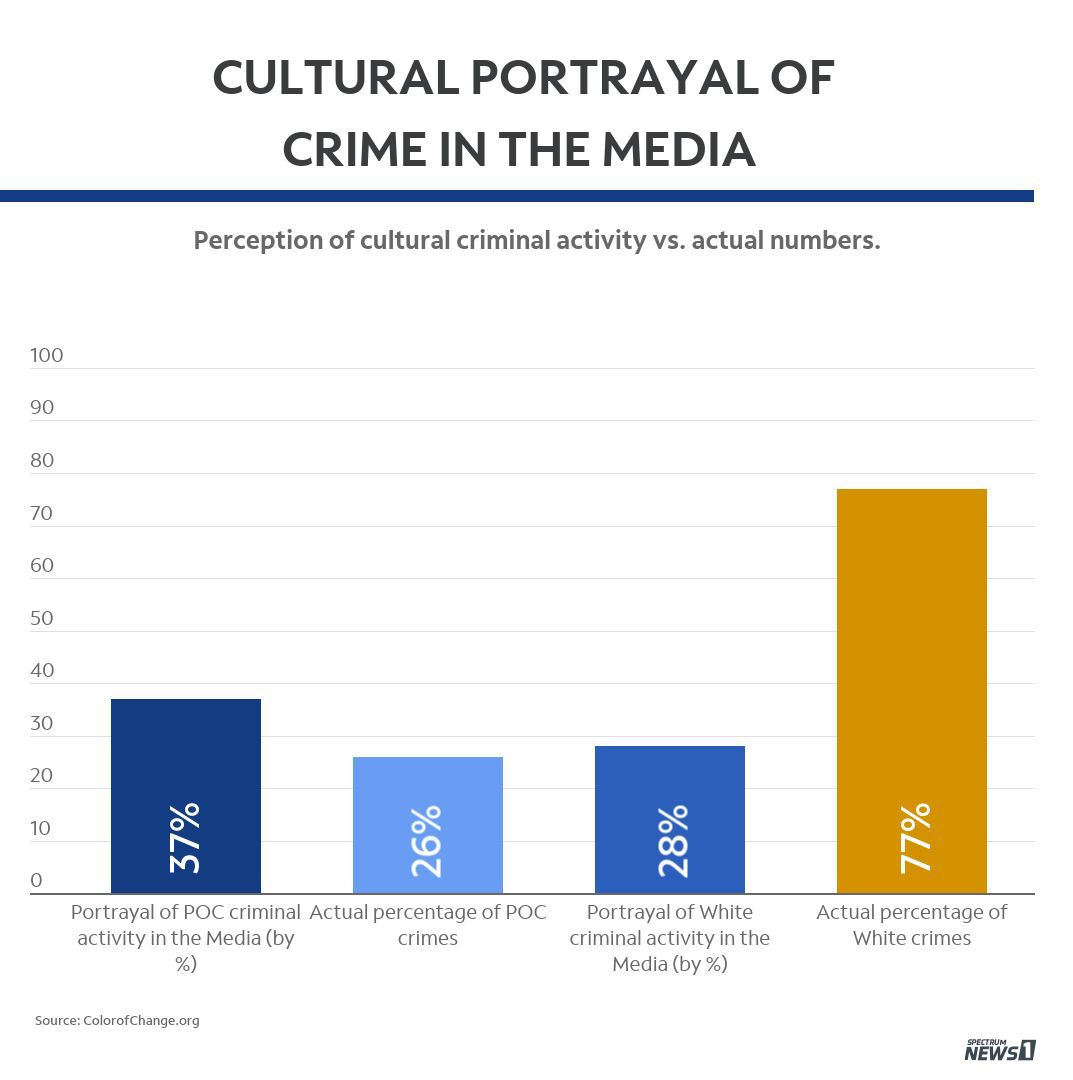AUSTIN, Texas — Mistrust of the media is getting a closer look. University of Texas researcher Anita Varma is studying how journalists cover marginalized communities in the Austin area.
What You Need To Know
- Journalism researcher found only about 20% of stories on homelessness included a homeless person and approached systemic causes of housing insecurity
- Pew Research report shows most Americans think the news misunderstands them
- National review of 800 news stories found harmful and false narratives about minorities
- Austin’s homeless and displaced families have attracted national media attention
“Communities of color have been, for generations now, have been dehumanized, criminalized and marginalized in stories supposedly about themselves,” she said.
Varma is an assistant professor at the Moody College of Communications at UT Austin. Her current work consists of researching local reporting on the unhoused and displaced.
“The journalism education has a great opportunity to try and help journalists do better reporting,” she said.
Varma’s research started in 2016 in California. When Austin started to get national attention for homelessness and housing insecurity, she brought her work here. Her study in the Bay Area found only about 20% of stories on homelessness she reviewed included the homeless and approached systemic issues.
“The best way to try and get at, you know, we want to think of journalism as offering some kind of truth, is to look at what’s happening on the ground,” Varma said.
Her report found many of the stories perpetuate harmful stereotypes and model minority myths. The news coverage portrayed the homeless as criminals, addicts or unemployed, when research shows many who are unhoused work several jobs.
“The biggest issue is that the folks who know the most are often consulted the least,” she said.
Varma’s draw to journalism is personal. When her grandparents immigrated to the U.S. from India, newspapers are what helped them get to know their new home.
She says her grandfather, Dr. Mithilesh Varma, had numerous subscriptions to newspapers and would read them daily.
“My grandparents absolutely inspire and motivate my work,” she said.
At her Austin apartment, she keeps her grandfather’s handmade newspaper holder hanging next to her desk.
“This gives me a lot of motivation to think about the significance of journalism,” Varma said.
The news is currently facing a racial reckoning, a culture of “fake news” and a strain on resources. A Pew Research report found that a majority of Americans feel the news misunderstands them. A national review of more than 800 news stories found that news coverage furthered false narratives about minorities. Blacks were more likely than whites to be portrayed as dependent and on welfare.

They represented 59% of the poor portrayed in the media, but account for just 27% of America’s poverty. White Americans made up 17% of the poor depicted in news media, but are 66% of the poor in America. News coverage was also more likely to dehumanize and criminalize minorities.

Blacks represented 37% of criminals shown in news, but constitute 26% of those arrested on criminal charges. Whites made up 28%, while FBI reports show they make up 77% of crime suspects in the U.S. Since Varma moved to Austin in August, she’s read or watched at least 100 stories and interviewed about 13 reporters covering housing issues, including Spectrum News’ housing beat reporter Jamil Donith.
Varma contacted Spectrum News after watching stories we covered about tenant rights and storm damages.
At the end of all of this research, Varma hopes to discover what journalists are doing right, and how. That way through research like this, educators like her can teach journalists the best way to tell important stories that had such an impact on her own family.
“This is exactly why I remember how good and important local media can be for society that includes people like my grandparents,” she said.



